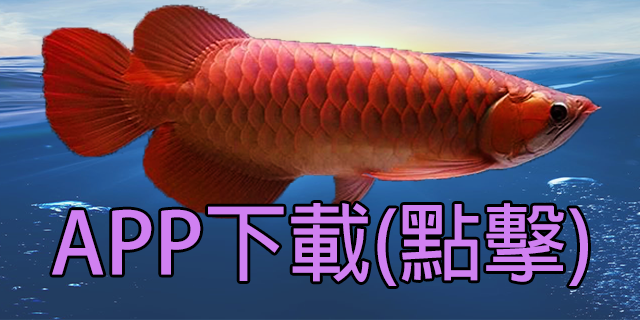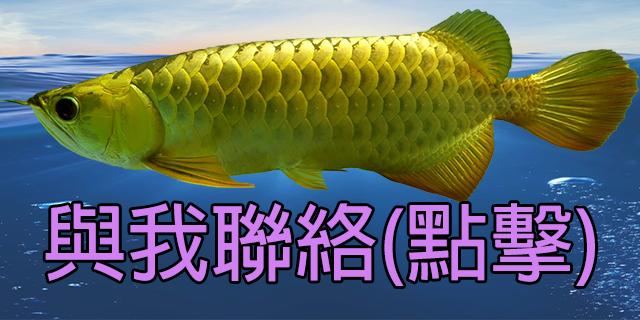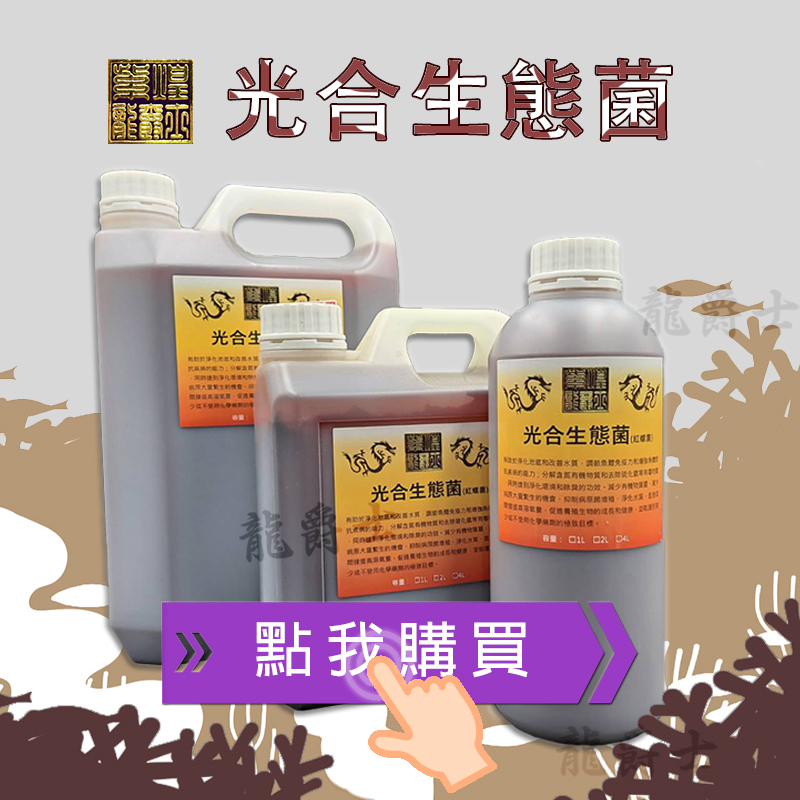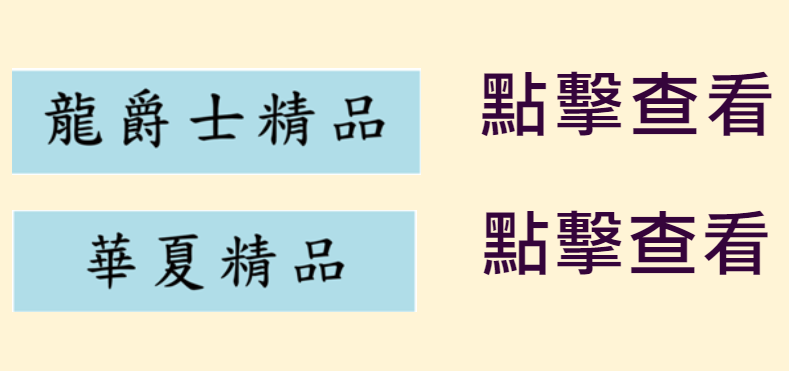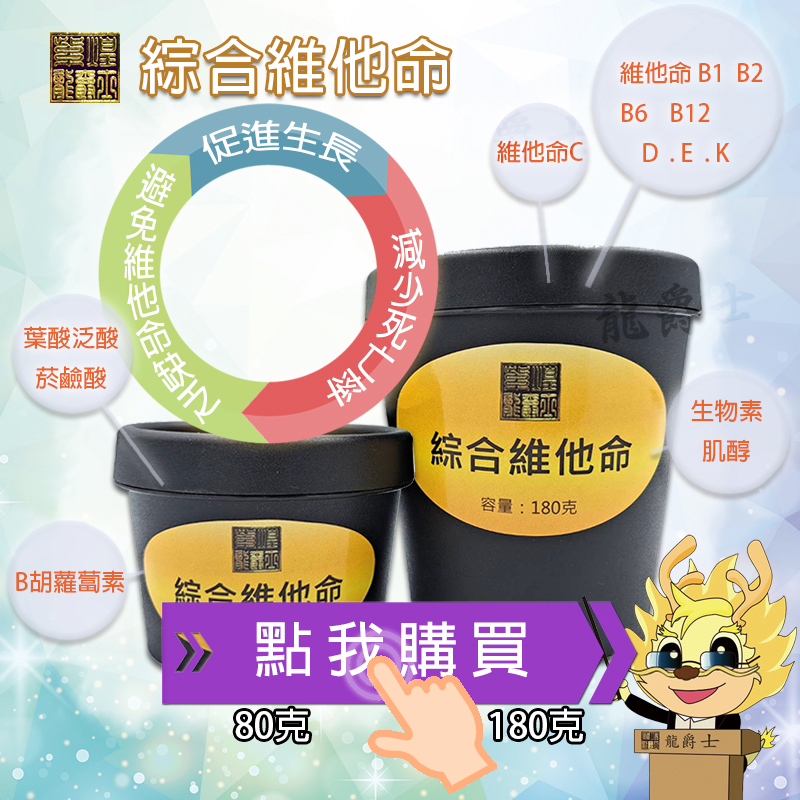The Management of Water Quality (水質管理)
Probiotics
The number of bacterial in the human body is 10 times more in human cells. When the researcher began to understand the health benefits of microorganisms, and know that some bacteria can produce beneficial compounds that the human body can’t synthesize. Some bacteria can protect to avoid some threats. The development of computer technology and gene sequencing technology has been able to list out all the bacterial genes that make up the microbial community. Overdose of medicine will destroy beneficial microorganism and may damage the immune system.
Biologists used to think that human beings have an independent physiological system and can regulate their internal operation completely by themselves. Because our bodies produce all the necessary enzymes to digest food and absorb nutrients to supply and repair tissues and organs. Specialized cells of the immune system will learn how to recognize and attack dangerous pathogenic microorganisms without effecting other healthy tissues. From this, we can see the relationship between the coexistence of bacteria (microorganism) and all kinds of life on the earth. It’s also the same with the Arowana. There is all kind of bacterial in the water, and the impact on fish is the “key point” of keeping fish.
The unit of bacterial size is micrometre (μm). For example, the length of the bacillus is about 0.5-10μm and the width is about 0.2-1.0μm. Coccus is about 0.3-1.2μm in diameter. Spirochetes are about 3-50μm in length. Not only different species of bacteria have different sizes, but even produced by the same bacteria will also have different sizes. The shape and arrangement of bacteria are Coccus, Bacillus and spirulina and the structure of the cell have a cell wall, cell membrane, cytoplasm, ribosome, mesosoma, nuclear material, and special structures such as flagellum, capsule, spore, etc.
It is because in aquaculture study has not done much research on bacteria and it is difficult to compare it with anthropology. Therefore, we often hear “probiotics” in aquatic products. What kind of bacteria is this? According to the oxygen demand, it can be divided into [aerobic bacteria] such as bacteria in air or water. [micro aerobic bacteria] such as oral bacteria and [anaerobic bacteria] such as bacteria in gastrointestinal and botulinum (not need oxygen).
According to the optimal growth temperature, Psychrophiles and Mesophiles can grow at 20-45℃ and most of them live in 25-40℃. For example, bacteria in the human body, soil, parasitic bacteria on animals and plants. Thermophiles: the optimal growth temperature is more than 45℃, and most of them live in (55-65℃). For example, decomposing compost bacteria. [Psychrotrophes] originally belong to Mesophilic bacteria, but it can still grow and reproduce below 20℃. This kind of bacteria is mainly to decompose the biological treatment in frigid zone sewage. According to Metabolic Diversity Among Organisms: photosynthetic bacteria, photosynthetic heterotrophs, chemoautotrophs and chemoheterotrophs.
After the above-mentioned, we can see how complicated about bacteria. I believe that many people have been confused. When so many kinds of bacteria are mixed, which are compatible? Which are repellent? How to know the ecological succession of beneficial bacteria and harmful bacterial. And how to do a beneficial bacterial repel to harmful bacteria to achieve the therapeutic effect? All of these are the key points of aquaculture research and development. Why should I pay so much attention to probiotics? It is because if probiotics can prevent and treat bacteria disease, and medical treatment can be reduced. This can prevent harmful bacteria have a medicine resistance. Antibiotics, some aquatic medicine, etc. can inhibit the growth of bacteria or kill bacteria. This is because bacteria are sensitive to antibiotics. In the process of disease treatment, bacteria will gain resistance and no longer inhibited or killed by the antibiotics. In this situation, we name the bacteria as antibiotic-resistant bacteria. When the environment is full of antibiotics and other ingredients, bacterial genes will start to mutate to protect itself. After the treatment sometimes there will be some remaining bacteria in it, these will mutate and gain antibiotic resistance. After these have been mutated bacteria will start to transmit their genes to other bacteria. And this is the reason why antibiotics will not cure some of the diseases. In this process, we call it “transfer of antibiotics resistance”. Sometimes it may happen between the same kind of bacteria or between different kinds of bacteria. For example, Escherichia coli can transfer its resistance to other E.coli or Salmonella. The antibiotics resistance bacteria in an animal can also transfer to humans. (This paragraph is compiled from Liu ChaoXin / Professor Emeritus, Department of Veterinary Medicine, National Taiwan University, 2003 “Symposium on medicine surveillance, inspection and guidance of aquaculture aquatic products”)
In the market available microbial preparations are made from some beneficial microorganisms which are not harmful the fish, can improve the water quality and inhibit aquatic disease. Such as Nitrobacter, photosynthetic bacteria, Bacillus subtilis, actinomycetes, lactic acid bacteria, yeast, streptococcus and EM microbial flora, ammonia-oxidizing bacteria, sulfide bacteria, methane-oxidizing bacteria and cellulose decomposing bacteria. These beneficial bacteria can improve water quality, increase dissolved oxygen in the water, reduce ammonia nitrogen, inhibit the growth of pathogenic bacteria, improve the ecological balance of water environment, improve disease resistance and immune system of animals, and promote growth. The remaining fish food and excretory waste accumulated in the fish tank for a long time often lead to the deterioration of the water quality and affect aquatic animals will have some disease. These diseases are difficult to be seen by the naked eye. Many of biochemical research teams have also begun to research different strains, such as (EM) biochemical bacteria, which are composed of more than 80 species of beneficial bacteria that belonging to 10 genera, 5 families, including photosynthetic bacteria, lactic acid bacteria, yeasts. Among them, photosynthetic bacteria are Gram-negative bacteria, which can grow and propagate in the condition of light and oxygen, and also can grow in the condition of no light and oxygen. When there has a light, photosynthetic bacteria can transform light to energy, consume H2S and organic compound as hydrogen donor, then consume CO2 or organic compound as carbon resources for development. When the environment is aerobic and without light, the bacteria can oxidize the organic matter through aerobic respiration and obtain energy from it. [Compound microorganism] Antimicrobial agent is a kind of mixed microbial agent that obtained by mutation and bacteria culture of a variety of microbial strains existing in the natural environment. It can effectively degrade the organic sludge, inhibit the reproduction of harmful microorganism and algae, balance the micro ecological environment of aquaculture water, and promote the healthy growth of aquaculture organisms. It is an ideal method for aquaculture water treatment at present. This microbial agent can be used to control the micro ecological environment of aquaculture water, and provide an effective water quality control technology for aquaculture varieties. (This paragraph is compiled from 2004 Wang YanLing / College of fisheries, Nanjing Agriculture University, Zhao YongFeng / Freshwater Fisheries Research Center – Application of beneficial microorganisms in aquaculture)
The conclusion is maintain the water quality before putting fish into a fish tank. It is necessary to add probiotics when maintaining water quality. This is because the dominant population can be formed by first entering beneficial bacteria and will reproduce a lot and quickly in the filtration system, which can [reduce the colonization and invasion by pathogenic bacteria]. Although it is difficult to recognize the number and species of strains one by one, the overall operation in the fish tank can effectively establish the “beneficial bacteria ecology”. [Each kind of bacteria produces different enzymes], then the pathogenic bacteria are suppressed due to the [different enzyme environment]. After [indirect] death, they will decompose and disappear in the ecology system of the water, and the fish in the tank can grow well, develop well and perform well in this [beneficial bacteria system].

